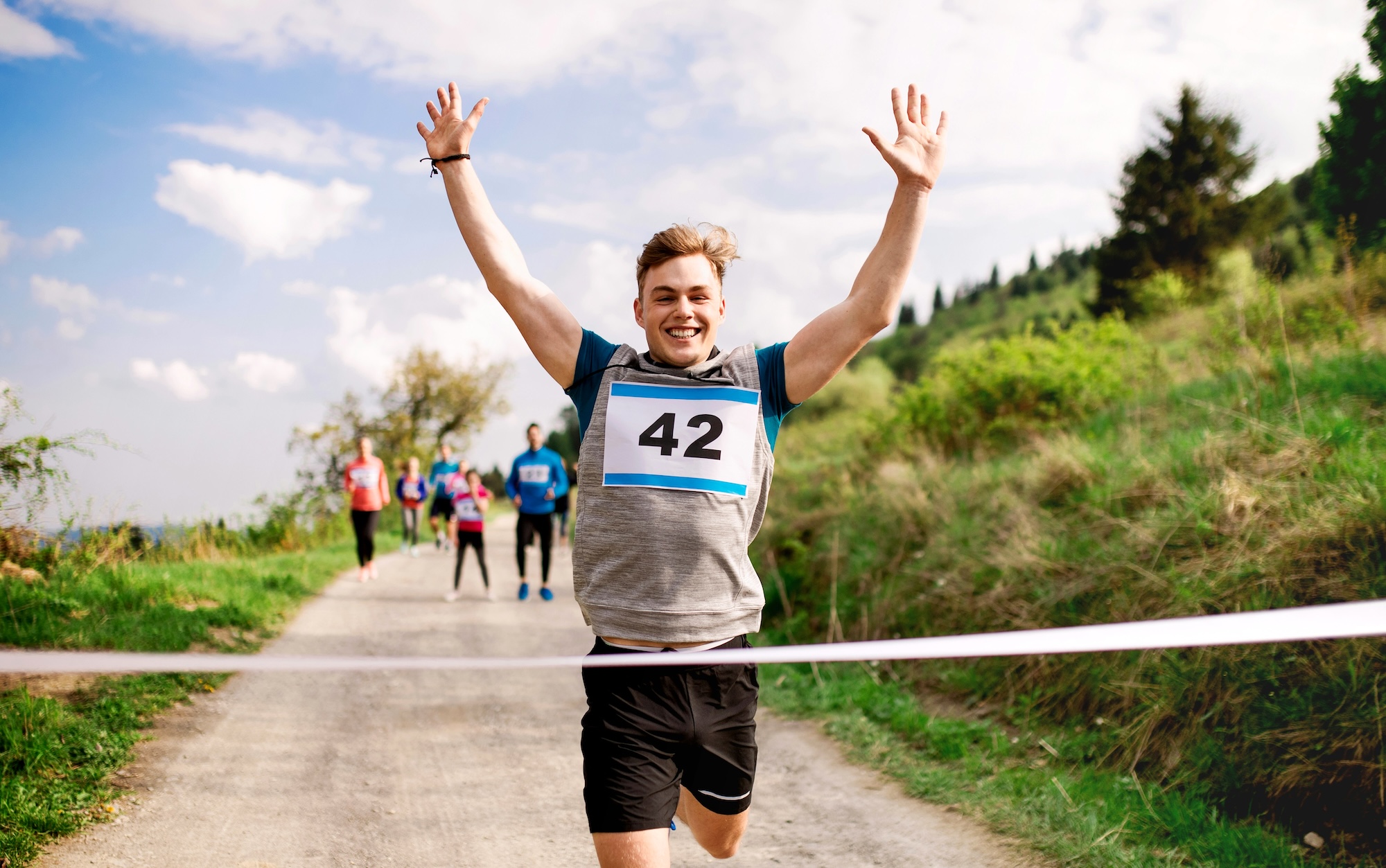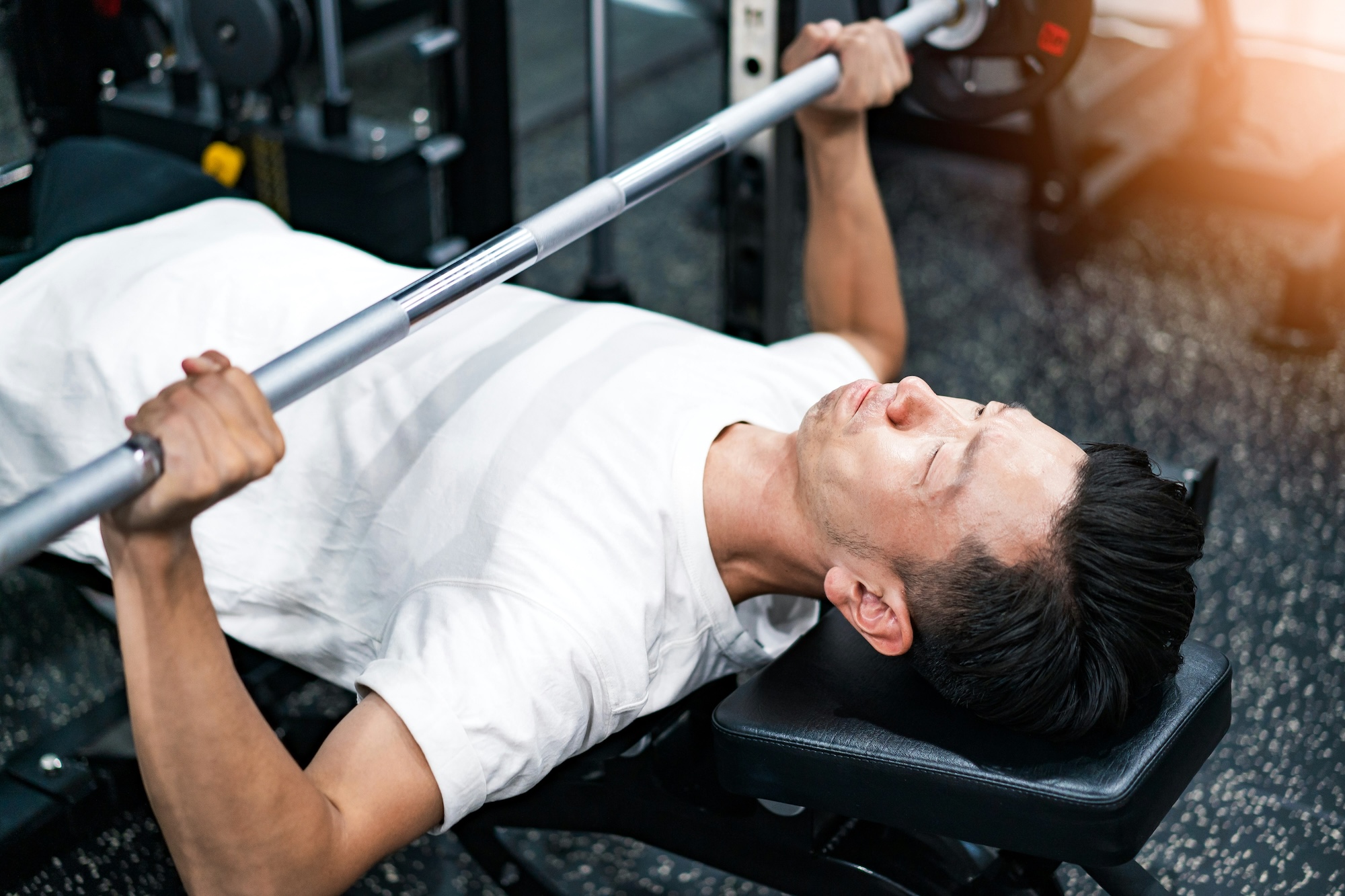Learn how to descend like a pro from Emma Pooley and Radka Vodičková
Photo by Viktor Bystrov/Unsplash
Descending at speed is one of the most daunting skills for a cyclist to learn. Not only is the psychological trauma of crashing a big hurdle, but the steepness of the grades, the rush of the wind, and the finger-width contact patches of the tires are variables that question how fast you should go downhill. At Challenge Philippines 2014, Emma Pooley and Radka Vodičková showed you exactly how to descend. Let’s see what we can learn from the two.
Look ahead
Neither triathlete had the opportunity to preview the course extensively, so they relied on experience to guide them. Look where you want to go and your hands will steer your bike in that direction. If you focus on a bump or debris, chances are you will hit it. You should have spotted whatever it was before you reached that part of the corner. When you get past, forget that part of the road and focus on what’s coming next.
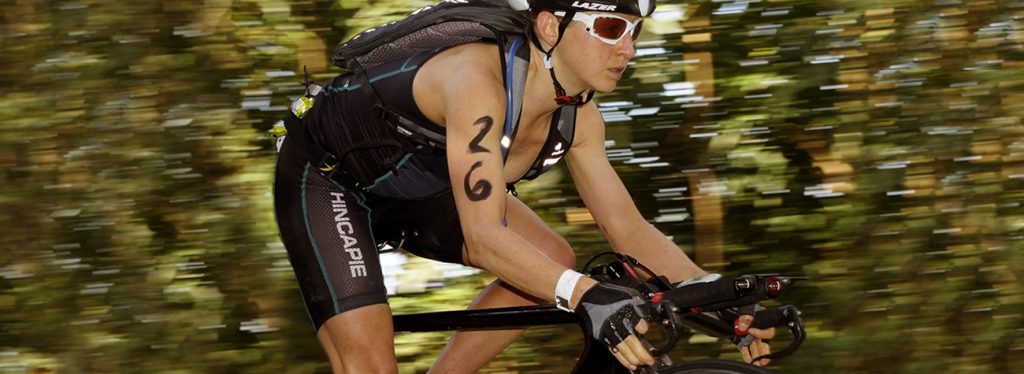
Stay relaxed
When Vodičková is in an aero tuck that approaches speeds close to 70 kph, there is no tension in her body. She balances her weight evenly over the bike by applying pressure evenly to both pedals, engaging her core to hold her back flat and keeping her body low on the bike. She is so relaxed that she knows she can release her grip on the brake levers and steer the bike lightly with her forefingers.
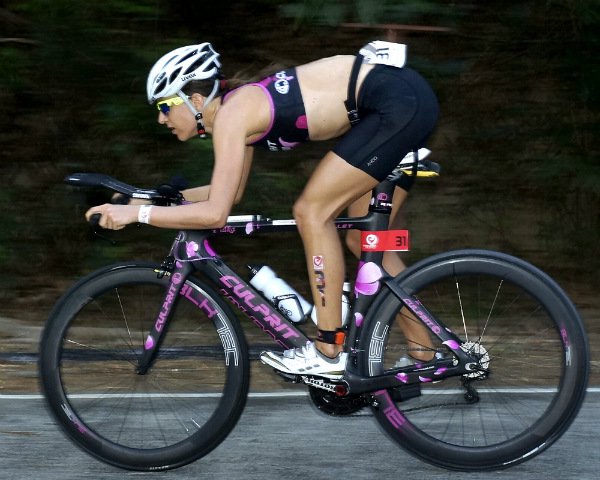
If the wheel manufacturer recommends a particular pad or if your carbon rims must use carbon-specific pads, use them. Mismatched sets will not slow you down effectively and also risk damage to your rims
Use your body
One of the secrets to maintaining momentum while descending is to use your body to slow down, steer, and find more speed. She sits up (compared to Vodičková’s aero tuck) to slow the bike down without having to use the brakes excessively.
Raising your body is akin to using an air brake on an airplane and you can slow the bike down more efficiently that way while descending. Her fingers are ready at the lever but that she has done enough to slow herself down by raising her profile to the wind and isn’t activating the brakes.
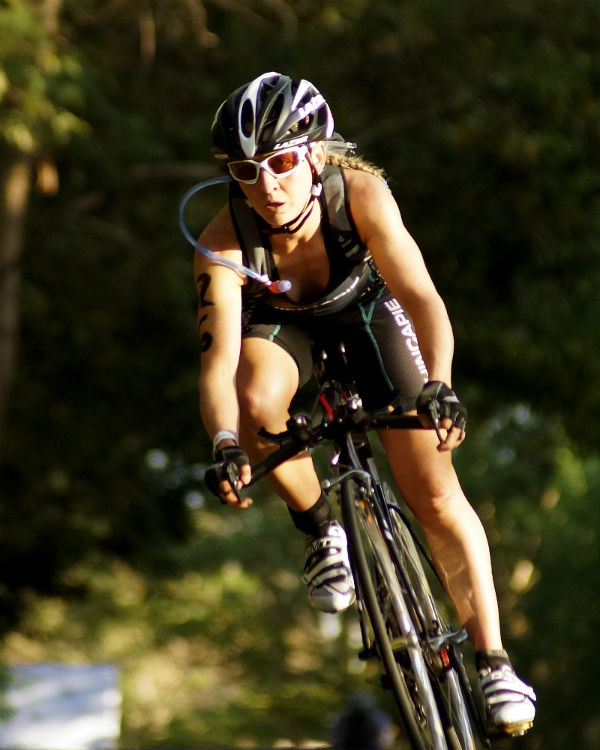
Pooley’s elbows are relaxed to absorb the shock from the local roads and retain control without getting bounced around. Her right knee, meanwhile, is pointing towards the apex of the corner for additional control at high speed. She doesn’t have to turn the handlebars too much. Placing weight on her left foot keeps the bike planted, allowing her to shift her weight quickly if there is another corner coming up.
Equip yourself
Pooley uses a Cervelo P4 and Vodičková uses a Culprit Bullet to good effect up and down the hills. No matter what bike brand or model you have, you can improve your performance on the descents with equipment that is in top condition all the time.
Braking at high speeds can be stressful on the brake pads, rims, and fork, so make sure you have the right pads for your wheel choice. If the wheel manufacturer recommends a particular pad or if your carbon rims must use carbon-specific pads, use them. Mismatched sets will not slow you down effectively and also risk damage to your rims. Constantly applying brakes as you descend will overheat your rims, so brake predictably, precisely, and with the right amount of pressure all the time.
No matter what bike brand or model you have, you can improve your performance on the descents with equipment that is in top condition all the time
Make sure the levers work properly by avoiding frayed cables and kinked cable housing, and keeping the brake calipers well-lubricated. Set up your levers to travel through their full range of motion instead of being hair-trigger sharp. This allows you to brake as lightly or as powerfully as you want—even mid-corner—and keeps the smaller hands of women from cramping on long descents.
Always keep your wheels trued properly. Even a slight deviation will affect braking, which might make the pads grabby and the wheels locking up unnecessarily, causing you to skid. If you damage your wheels by hitting a bump unexpectedly during the race, brake with caution or open the quick-release cam of the brake caliper to give you more room to modulate the brakes on the misaligned rim.















